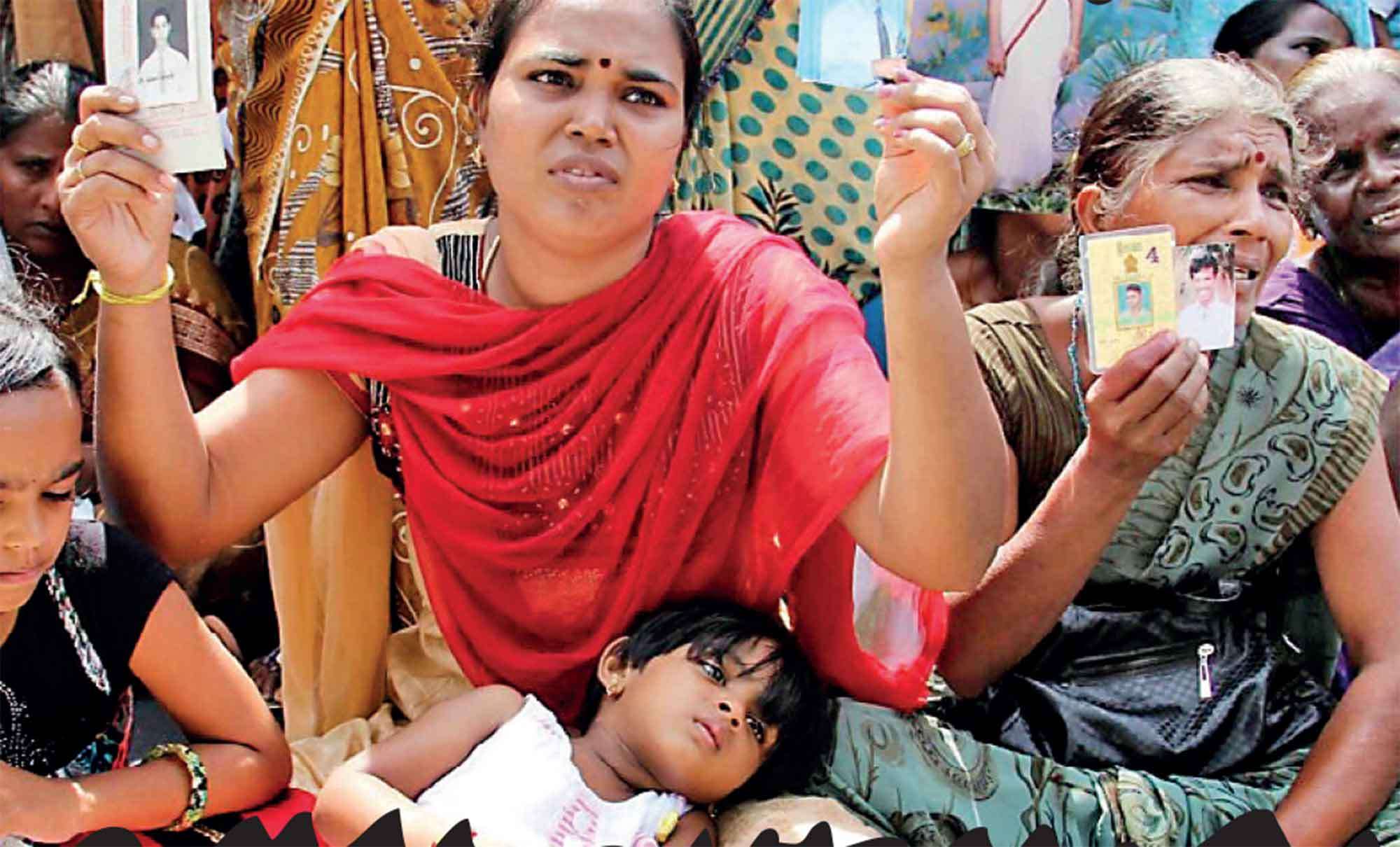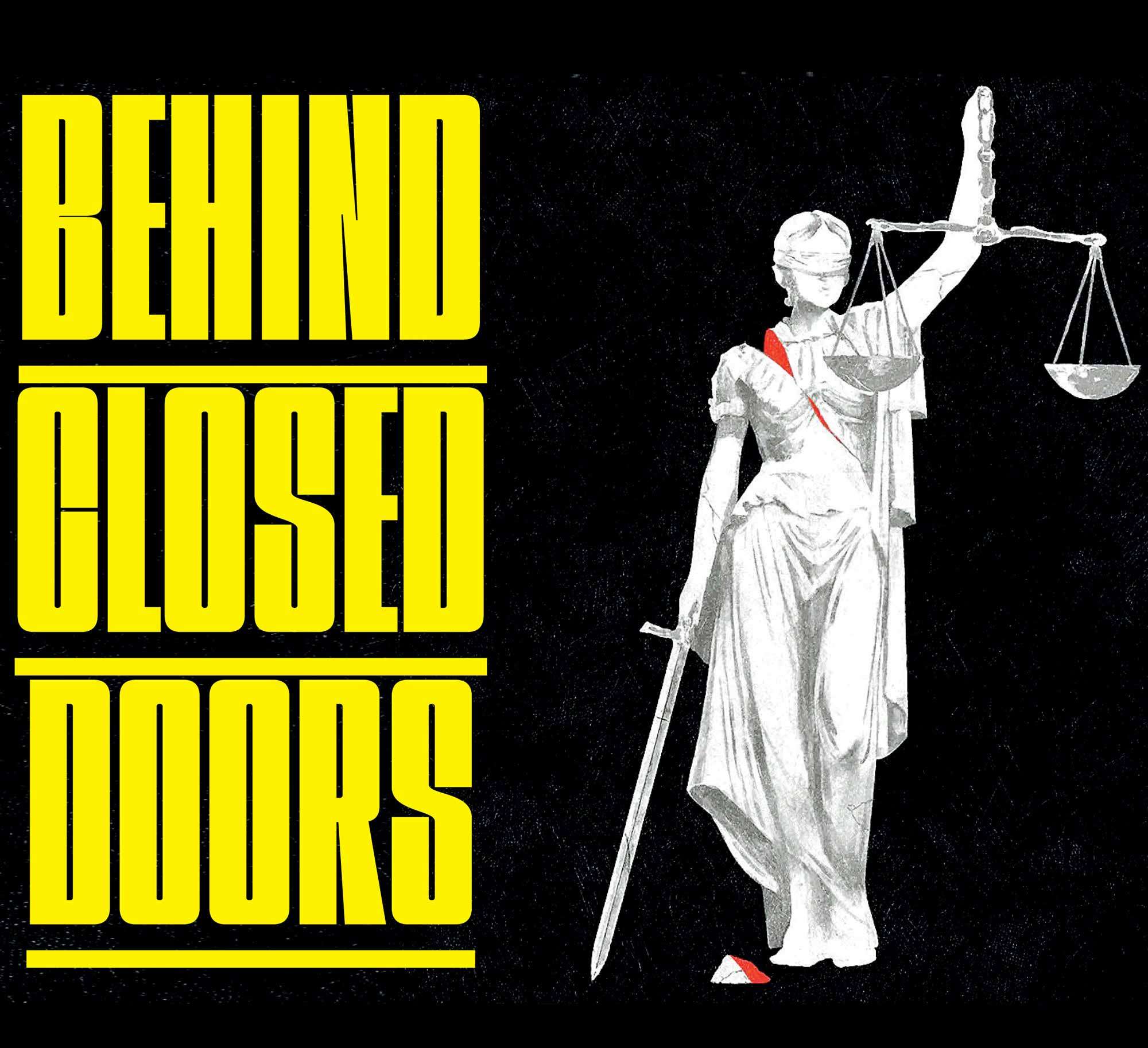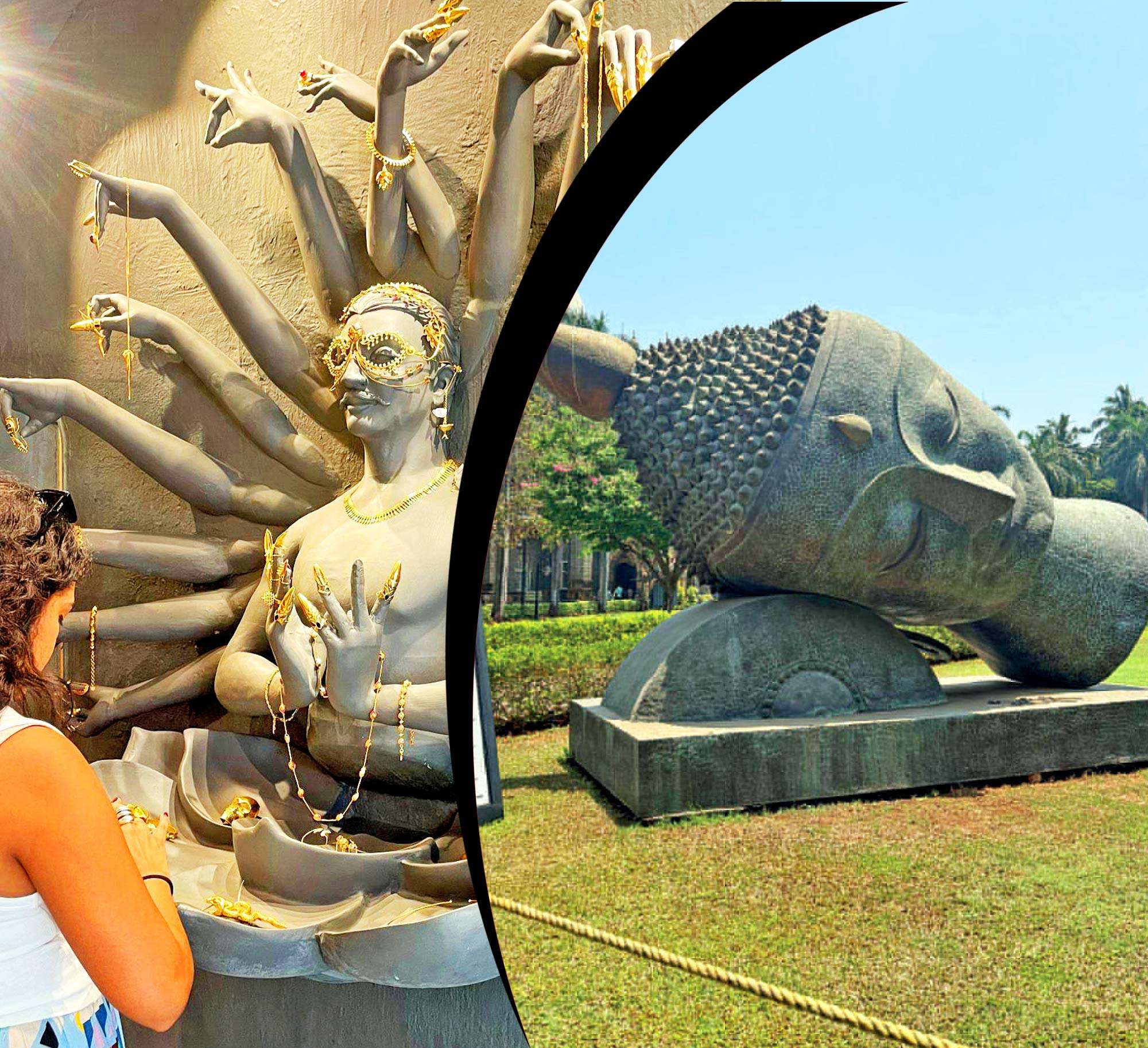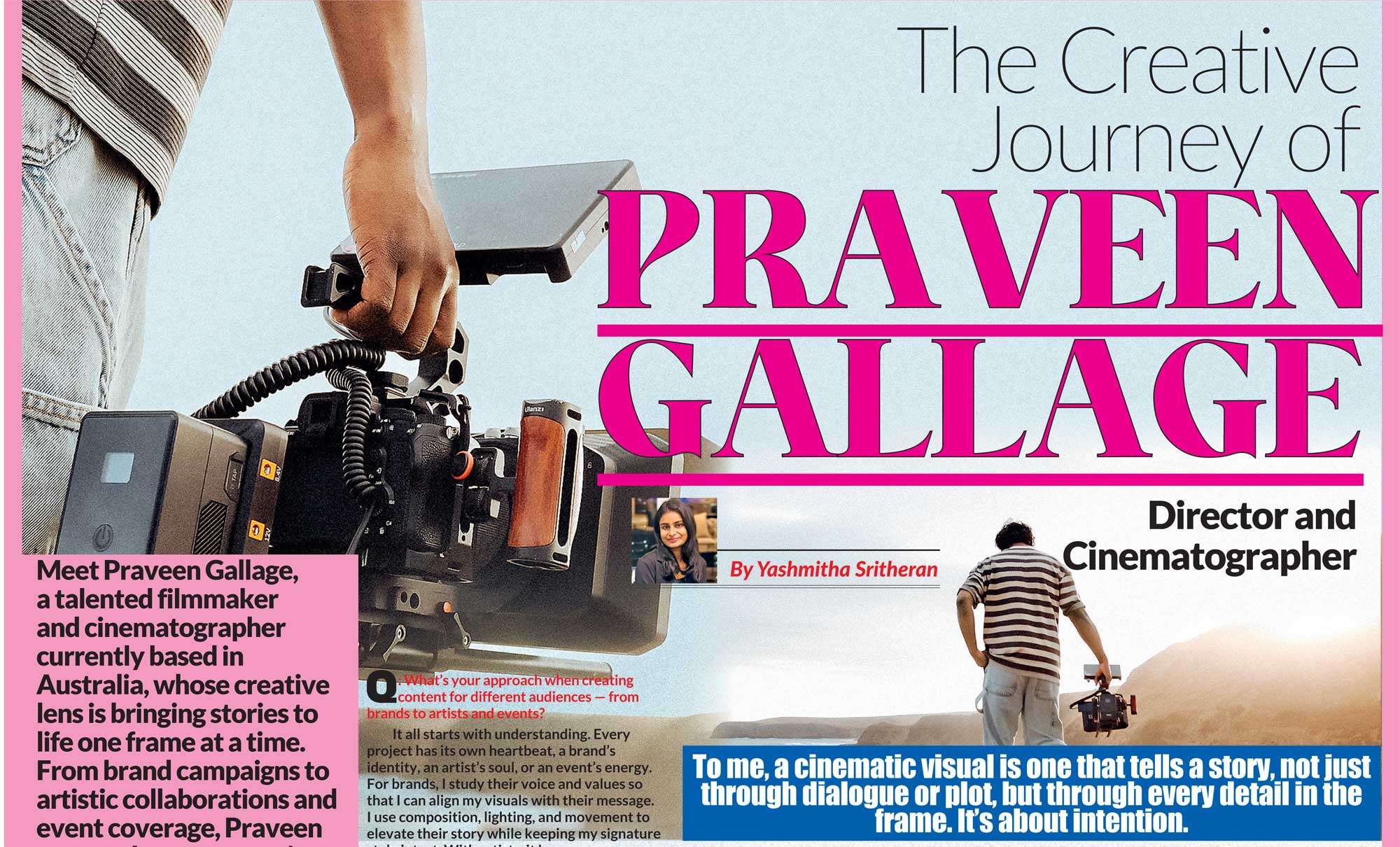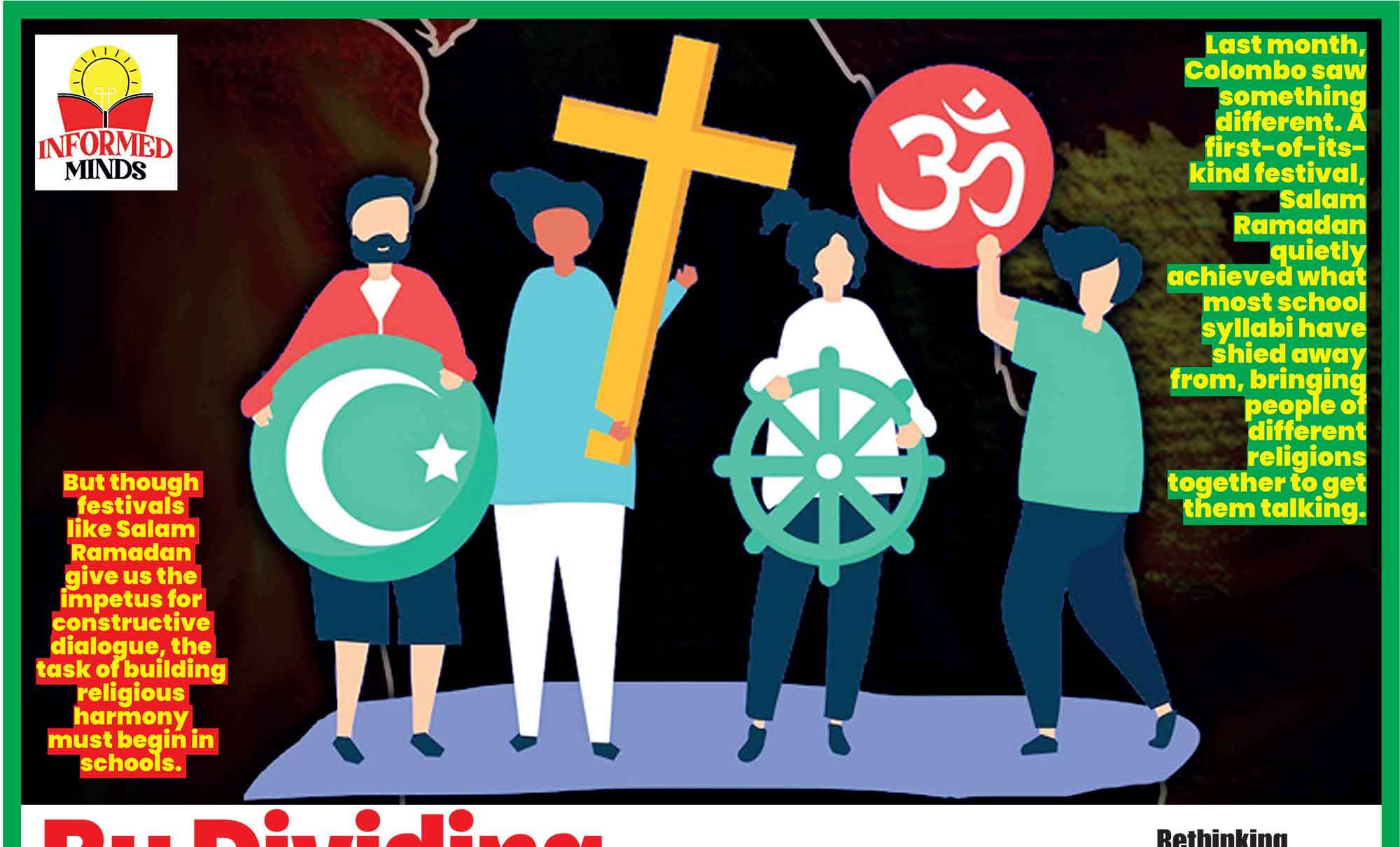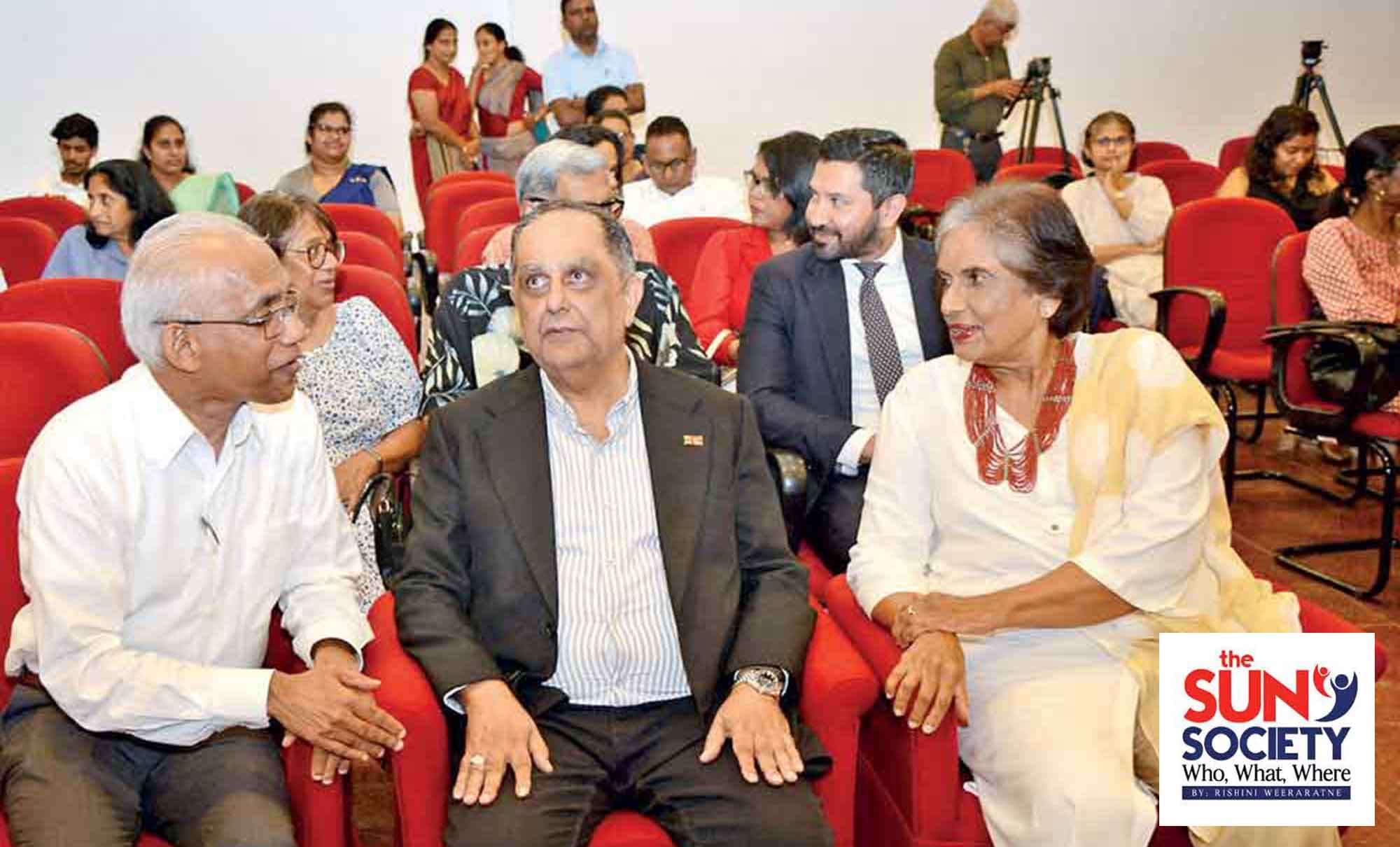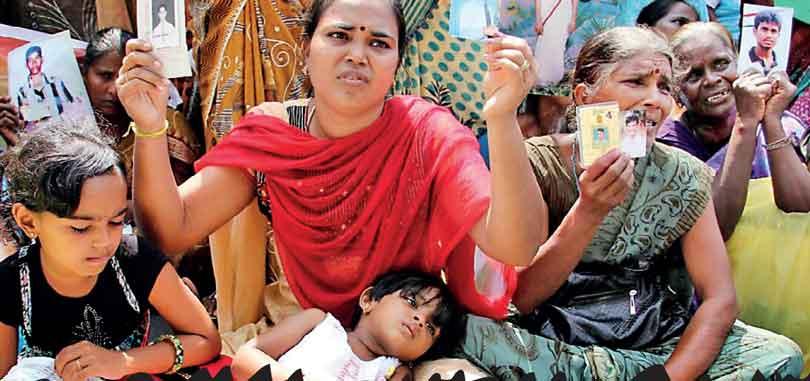
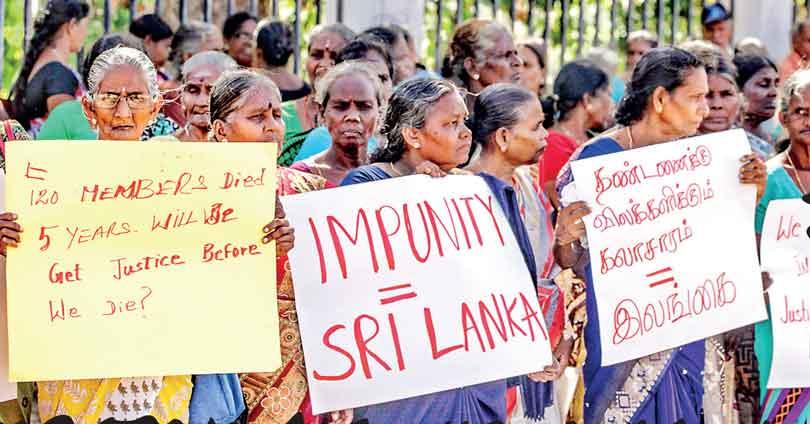
Widows with no bodies to bury. Daughters with no fathers to name. Survivors forced into marriage with their rapists or shamed into silence for fear of family dishonour
They are not “missing persons.” They are someone’s Appa, Thambi, Anna
If there is one story that has been buried under the weight of state propaganda, international politicking, and the sheer audacity of those in power, it is the relentless suffering of the Tamil people in Sri Lanka. While the elite sip macchiatos in rooftop cafés, the ghosts of Mullivaikkal swirl through their untouched air.
This is your paradise but let me tell you a secret: behind the sarongs and sunsets lies a tale soaked in blood and loss. And the screams? A silence punctuated only by the low hum of conversations whispered behind closed doors, in Tamil homes scattered across Colombo, Jaffna, London, Toronto, and Sydney.
The End That Wasn’t an End
Okay. Let’s not mince words here. When the war ended in 2009, Sri Lanka declared peace. Firecrackers lit up the sky, and the South cheered. But for thousands in the North and East, it wasn’t a celebration; it was a funeral with no bodies. The guns may have gone silent, but the grief only just began. Mothers lined up in Kilinochchi, holding photos of their disappeared sons, their voices drowned by state-sponsored parades. Fathers walked through old refugee camps turned ghost towns, searching for a son last seen in a white van. The war may have ended on paper, but its aftershocks are still cracking the walls of every Tamil household today.
The Ghosts of Mullivaikkal and the Lies of Reconciliation
The blood-soaked fields of Mullivaikkal are not just a memory; they are an open wound. The final stages of the war in 2009 were not a “humanitarian operation” as the state so shamelessly labels it, but a slaughter. Tens of thousands of Tamils; women, children, the elderly, were massacred in what can only be described as a calculated genocide. Hospitals were shelled, food and medicine were withheld, and surrendering civilians were executed. The UN, human rights organizations, and even leaked diplomatic cables have confirmed these atrocities. Yet, to this day, not a single high-ranking official or military commander has been held accountable. Instead, what do we see? Victory parades. War heroes celebrated. Land grabs in the North and East under the guise of “development.” Military occupation of Tamil homes and farms. The erasure of Tamil memorials. The denial of even the basic right to mourn. The message is clear: Your grief is an inconvenience to our narrative.
The Diaspora Diaries
What of the thousands who fled? The refugees who now languish in camps in India, the asylum seekers deported back to danger from the UK, Australia, and elsewhere? They are the living casualties of a war they never wanted, stateless, voiceless, and abandoned by the international community. Even in exile, they are hunted by Sri Lanka’s intelligence operatives who monitor diaspora activism, by governments eager to appease Colombo for geopolitical favors, and by the crushing weight of a homeland that no longer exists as they knew it.
Tamil Women and the Hidden Burden Behind the Smiles
Widows with no bodies to bury. Daughters with no fathers to name. Survivors forced into marriage with their rapists or shamed into silence for fear of family dishonour. The post-war Tamil woman is not just a symbol of strength; she is a graveyard of stories no one wants to dig up. Take, for instance, the case of Isaipriya, a Tamil journalist and LTTE broadcaster, who was captured alive by the Sri Lankan army and later found brutally raped and murdered. Her death was initially dismissed as battlefield crossfire until leaked footage told another story. A story too grotesque for international newsreels, yet too common in Tamil homes. And yet, in mainstream media, Tamil women are either invisible or stereotyped. In The Family Man (Amazon Prime), the Tamil female characters from the rebel group are framed through a hypermasculine lens; emotionless, indoctrinated, dangerous. The grief of Tamil women is weaponized into a plot device, their trauma flattened into a backstory that justifies state surveillance. There is little nuance, no exploration of the systemic silencing they endure, just the same old trope of the “radicalized woman” devoid of context. There is rarely room for the Tamil woman as she really is: fractured yet whole, mourning yet moving, silenced yet screaming beneath the surface. Post-war reconciliation narratives rarely acknowledge her, because acknowledging her means acknowledging what was done to her.
The Politics of Disappearance in Post-War Sri Lanka
They are not “missing persons.” They are someone’s Appa, Thambi, Anna. A term like “disappeared” is not neutral, it’s a political euphemism, one that masks the systemic machinery of abduction, enforced disappearances, and extrajudicial killings that unfolded under the guise of national security. During and after the war, the white van became infamous across the island. I know, a talk of ‘meme’ culture today. And no, not just in the North and East. It was a tool of fear, associated with abductions carried out by military intelligence, CID, and paramilitary groups. According to Human Rights Watch and Amnesty International, hundreds of people, including journalists, activists, students, and former LTTE cadres forcibly disappeared in these vans, never to return. The Emergency Regulations and the Prevention of Terrorism Act (PTA) gave sweeping powers to the security forces, powers that were abused with near-total impunity. Families reporting missing persons were often harassed or silenced. Thousands of Tamil families still await answers. The Office on Missing Persons (OMP), established under international pressure in 2016, has failed to provide even basic transparency or accountability. Out of over 20,000 cases of enforced disappearances, very few have seen any progress. Most families still don’t know where their loved ones are, or whether they are alive. Some of them, like Mariyasuresh Easwary, still come daily, clutching photographs of their children abducted in 2009. The world occasionally documents their pain for UN reports, but the answers never follow. Meanwhile, politicians use these families for PR optics. Condolences surface during election season, followed by silence. No prosecutions. No reparations. No truth.
The Empty Promise of Accountability
Yes, we’ve seen the Geneva resolutions. Yes, we’ve read the OISL (OHCHR Investigation on Sri Lanka) reports. We’ve heard promises from successive governments of truth commissions, of “homegrown solutions,” of reconciliation. But how much of it has translated into justice? Not a single high-ranking military officer has been prosecuted for war-time atrocities. Has there been a national apology to the Tamil people? No. Has the South engaged in introspection for its role in cheering on the war narrative and dehumanizing an entire population? Still no. And if we are truly digging into uncomfortable truths, we must not pretend that Ranil Wickremesinghe’s past is clean. The Batalanda Detention Centre, allegedly operated in the 1990s during his tenure as Prime Minister, has been tied to the torture and disappearance of JVP suspects. A commission of inquiry even recommended legal action against him, which was conveniently never pursued. Yes, you already watched the circus on Al Jazeera. Sri Lanka’s post-war democracy has been built on selective memory. The same leaders now championing “truth and reconciliation” have bloodied chapters in their own political histories.
We Are Not Healed
Let’s be honest. Sri Lanka’s so-called reconciliation process is a Band-Aid on a bullet wound. Tamils don’t want pity. They don’t want to be paraded as “resettled” success stories in glossy brochures handed out at tourism expos. They want the land back. The memories honoured. The deaths counted. The perpetrators named. They want a future where their pain isn’t reduced to footnotes. They want the right to grieve in the open, to speak their language without fear, to light a lamp on Mullivaikkal Remembrance Day without being watched.
Until Then, Do We Whisper Behind Closed Doors?
This is not just a Tamil fight. This is a fight for anyone in Sri Lanka who believes in justice, in accountability, in the basic idea that a state cannot murder its own people and call it peace. To those who still hide behind ‘both sides’ arguments: There are no two sides to genocide. To those who claim ‘we don’t know the truth’: The truth has been screaming at you for fifteen years. You just chose not to hear it. To those who say ‘it’s time to move on’: The Tamils were never given the chance to. This is not history. This is the present. And until justice is served, this story will not go unspoken. Now that the curtain has been pulled, will we keep pretending we didn’t see?


